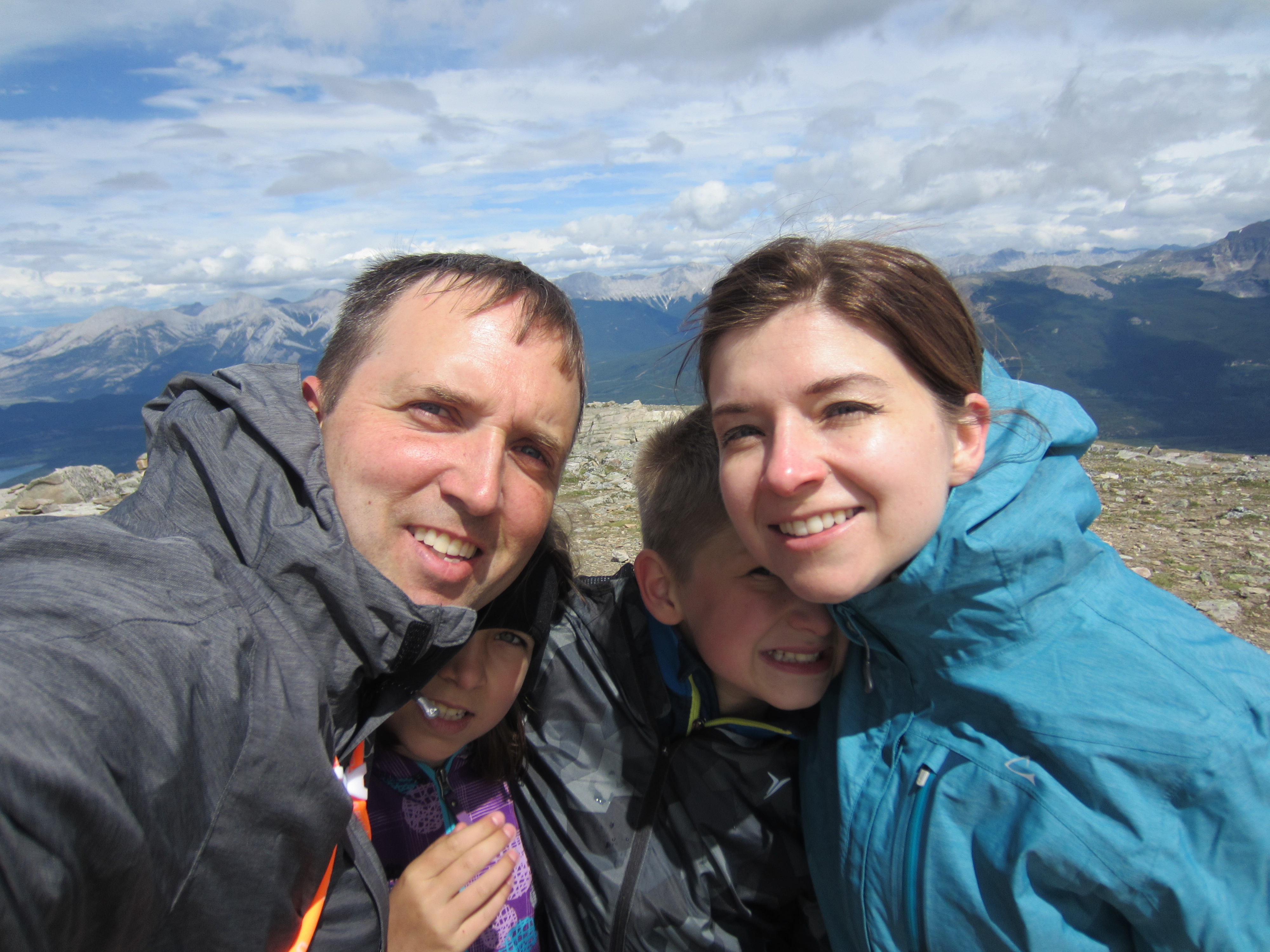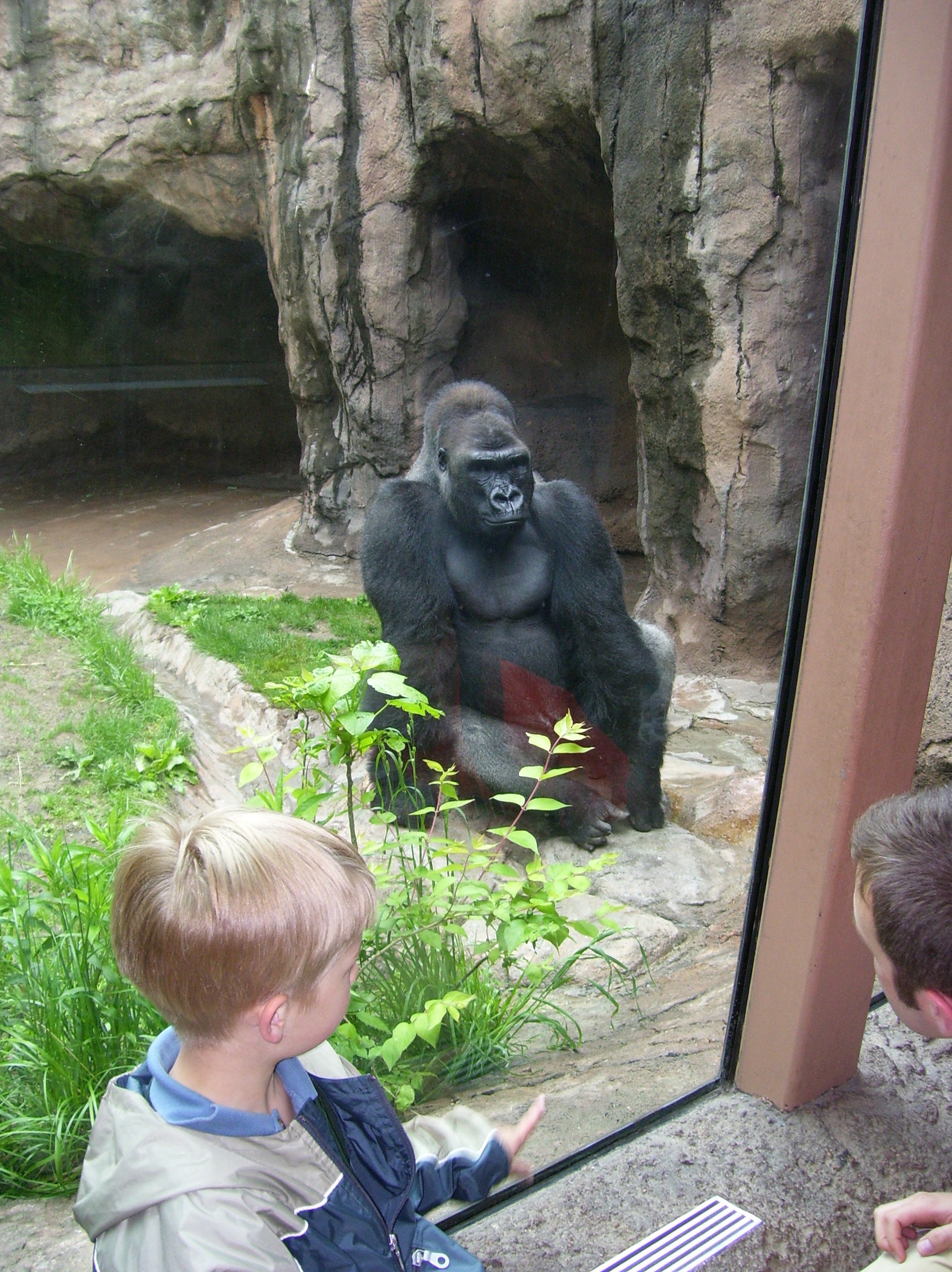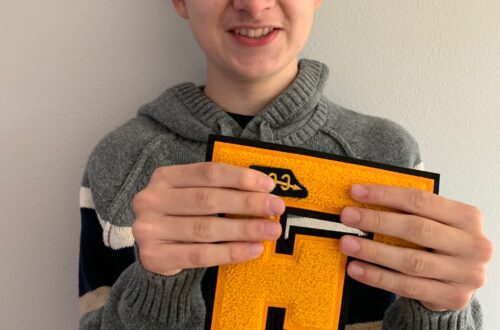
Accepting J’s Creative Offerings
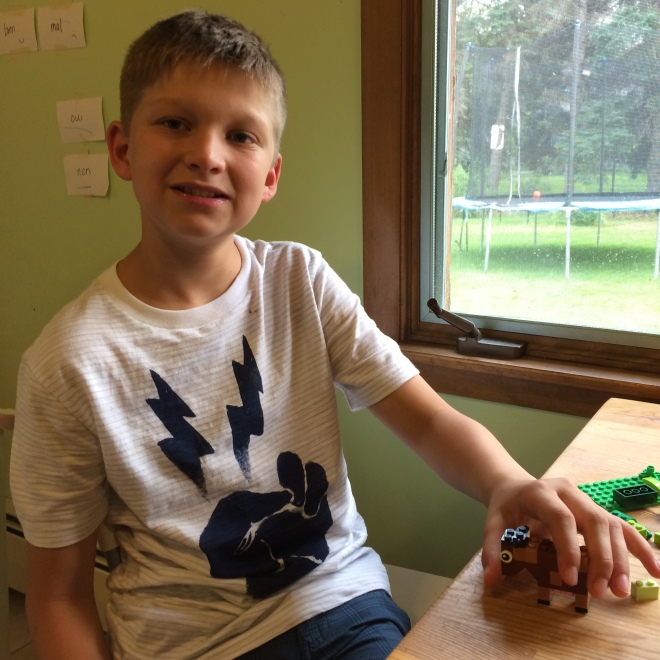
I know J’s brain is different. I know sounds bother him. There’s something about Adele’s voice (especially “Someone Like You”)—the pitch and frequency–that puts him in a sensory overload meltdown. Some textures still bother him. Even at 12 he won’t eat eggs or Jello. He still wipes his hands on his shirt because he panics when there is anything wet, sticky, or slimy on them and can’t wait the three minutes it takes to wash and clean them properly. There are a lot of things I’ve just written off with J because the coordination, talent, or patience. His brain and body don’t communicate well sometimes. He’ll never play hockey, football or baseball. He just doesn’t have the coordination for those things—he can’t “read” people’s movements and anticipate what’s going to happen next. And that’s okay. Because you can still live a good life without listening to Adele, eating Jello, or being a sports star.
I have to be careful with this thinking though. Sometimes my expectations and experiences with J inadvertently get in the way of J’s development. We bypass over some of those “less important” developmental milestones—especially the ones that espouse creativity—because we’re just trying to keep up in the social and academic areas. I convince myself that there are bigger fish to fry—more important life skills to work on, and since everything for J is work, hard work, I let some things go. They’re not expected of him at school. He doesn’t need them to interact with other people. Things like coloring and art projects. Things like building with Legos—activities filled with sensory, visual spatial, and fine motor skill minefields.
Because most days we don’t need to add to the minefields.
But lately I feel like we need to get back to some of the “hard” things that aren’t so academic. Maybe it’s because of cross-country and the stamina I see that he’s been building: emotional, mental, and physical. Yesterday morning Steve and J were in J’s room working on Legos. (I say “working” because we haven’t graduated to the “play” mentality yet. When we first introduced Legos again to J about a month ago, it was painfully frustrating to watch. The way his hands shake like he has Parkinson’s trying to push two bricks together. The way he looks like he’s still mastering the pincer grasp trying to pick up a round circle piece 5 millimeters in diameter, or how he looks at the instructions three times before he can decide exactly where to place the brick on top of the previous one. Lego hits J in all of the motor skill and mental processing weak spots and watching him those first few days made me remember why we gave up on this years ago.) Even though he struggles with it, he’s been sticking to it. J wanted to build something from Egypt (he’s obsessed with countries of the world) and he came up with the Pyramids. I left the room to go put away laundry and came back to find J and Steve’s masterpiece. I was stunned what they came up with. It was definitely a pyramid, but they didn’t use any of the pieces I would have used in building a Lego Pyramid. I would have used a combination of square blocks and slanted blocks. J and Steve had used square blocks and a round piece on top.
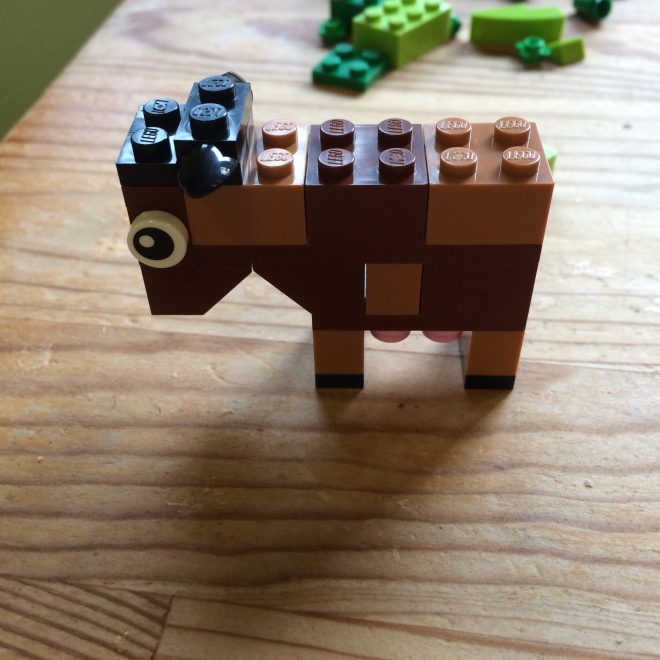
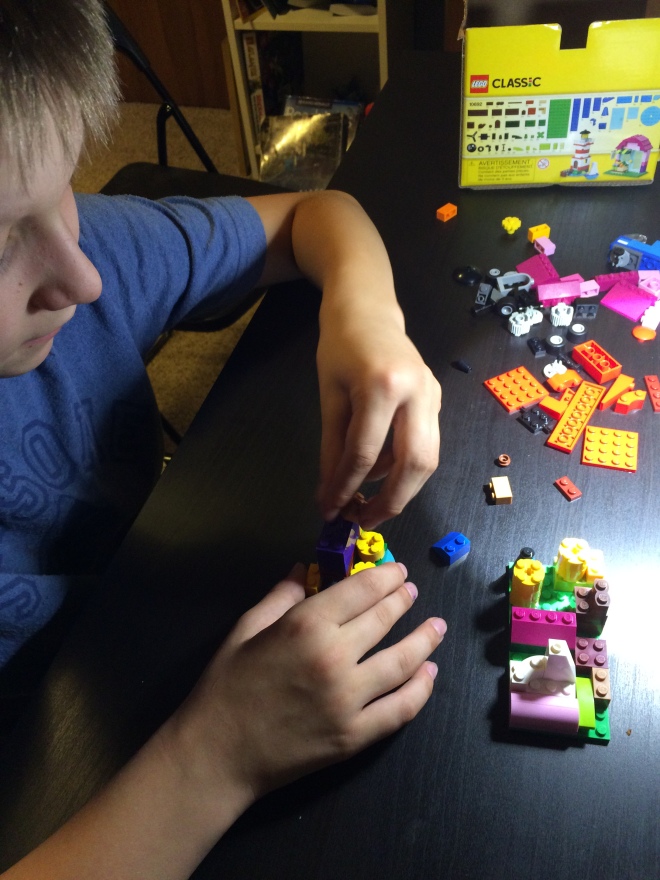
It was that moment when I realized that sometimes my own judgments of success, creativity, experiences and “what’s good enough” prevent me from encouraging J in these creative areas and I started to wonder how many times I’ve done that with both J and W. How maybe I don’t always have the “right” way of doing things. That maybe there’s other ways of doing things too.
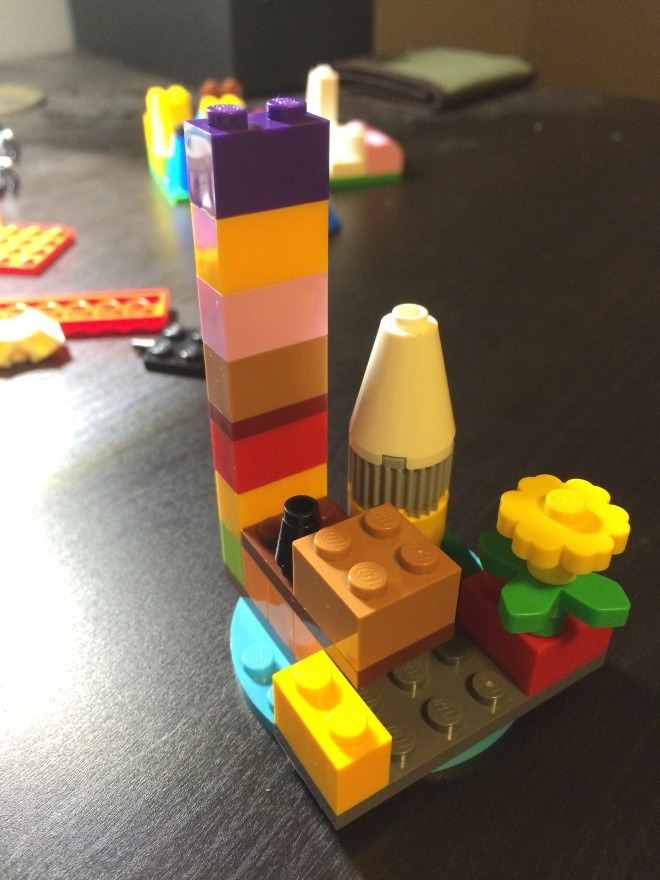
It made me realize that in many ways I have been selling J short. I’ve always assumed that J doesn’t have a creative bone in his body. He has other strengths—rote memorization for every country’s capital city on the planet or every trivial fact of every president of the United States—things I write off as an “autistic” skill. Or something that would wow a crowd at a party but nothing more. But maybe he IS creative, but in ways I don’t usually consider to be creative. Because to me, being creative looks like the typical fine arts—it looks like the things I did as a kid. Intricate skits and plots with Legos. Writing skits, acting, and editing movies with my sister and cousins. That phase in Junior High where I thought I could compose jazz. To me, that’s what creativity in a child looks like.
But maybe J’s has a different flavor of creativity. Maybe J’s creativity looks like Scrabble and his incredible talent of rearranging 7 random letters, not just into one word, but half a dozen words that can be placed in multiple places on the board—all within seconds. In those moments he is creating order out of chaos. Maybe there’s other things that he does every day and I’m missing them.
It is a hard thing looking outside of the box. Looking outside of my box. That’s the crazy, humbling thing about being a parent, is that once you’re a parent you feel like you know your child, their strengths, their limitations, the way they see the world. And then you realize you don’t know anything about them at all, and you just need to stop and watch and meet them in the world they’re in. Because they can see and learn things in a way you’ve never thought before.
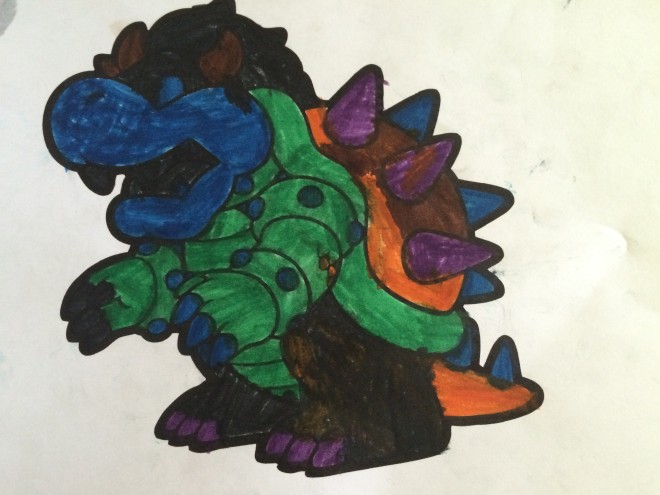
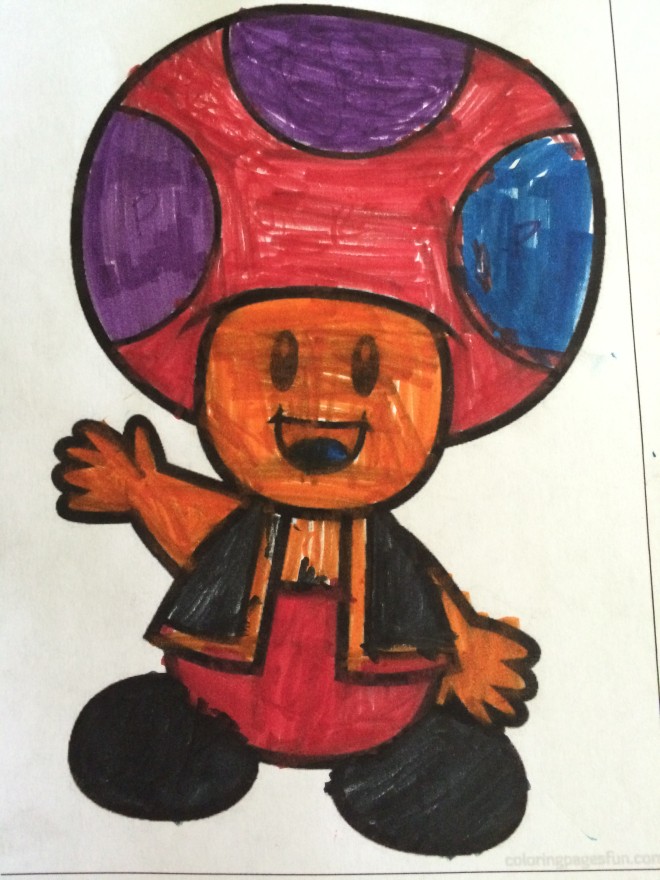
Just because J’s feeble attempts at creating something—especially when he’s trying to regulate so many things in his brain–doesn’t mean he can’t create or won’t ever be creative in something. I need to be better at accepting his creative offerings. Just because it’s hard or unnatural doesn’t me he shouldn’t try. He will never be a Picasso or Frank Lloyd Wright but in these attempts I get to see how his mind works. And that in itself is worth every coloring page and cluster of plastic blocks I get from him.
